Developing Empathy Apparatus Three: A System for Responding to the Echo
In Empathy Apparatus Three: A System For Responding To The Echo, I make space for a generative response while facing incomprehensibility.
In this final performance, I listened to my grandmother’s voice for the first time since it left her and used my own voice to respond. Without listening to them, I have an excerpt from a recording of my grandmother and brother in conversation pressed onto a vinyl record. As I played the record, I slowed the silence by walking my fingers across its surface to create space for me to speak. Crucially, in the documentation of this performance, my grandmother’s voice is audible but mine is not. My part of reflection is muted. This makes the two recordings, the recording on the vinyl record and the filming of the recording itself, the Empathy Apparatus.
By muting my own voice, I aimed to deny the viewer from participating in any closure and not expect any from myself. Instead, the act of responding to the recording introduces a generative act, making my agency in the act of arresting the echo clear and turning the solo into a duet. It also highlights the intentional publicness of my acts of mourning, while separating it from the internal grief I may express.
This final performance took place outside of the Royal Australian Mint.
Custom made vinyl record; three excerpts of my grandmother and brother in conversation.
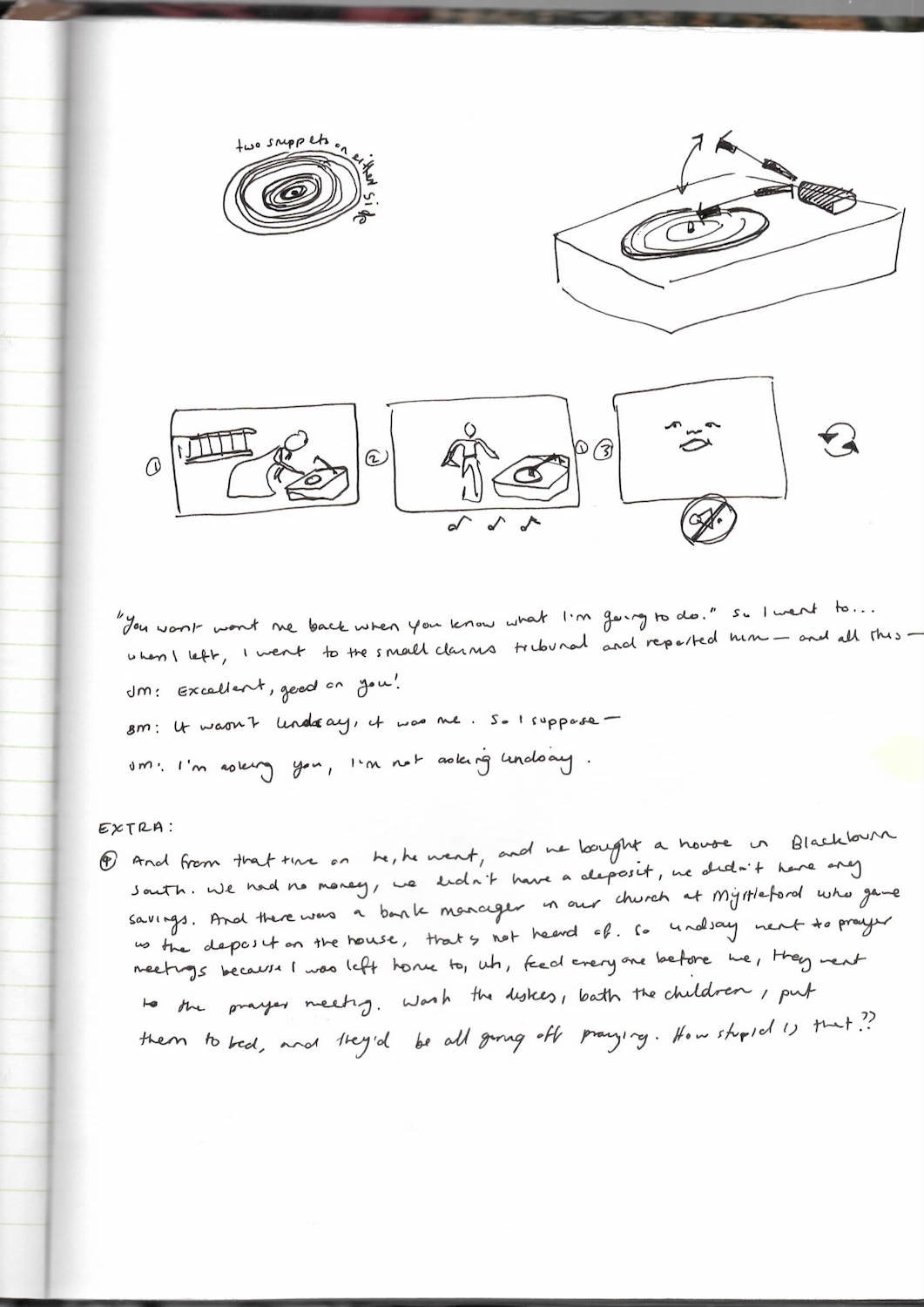
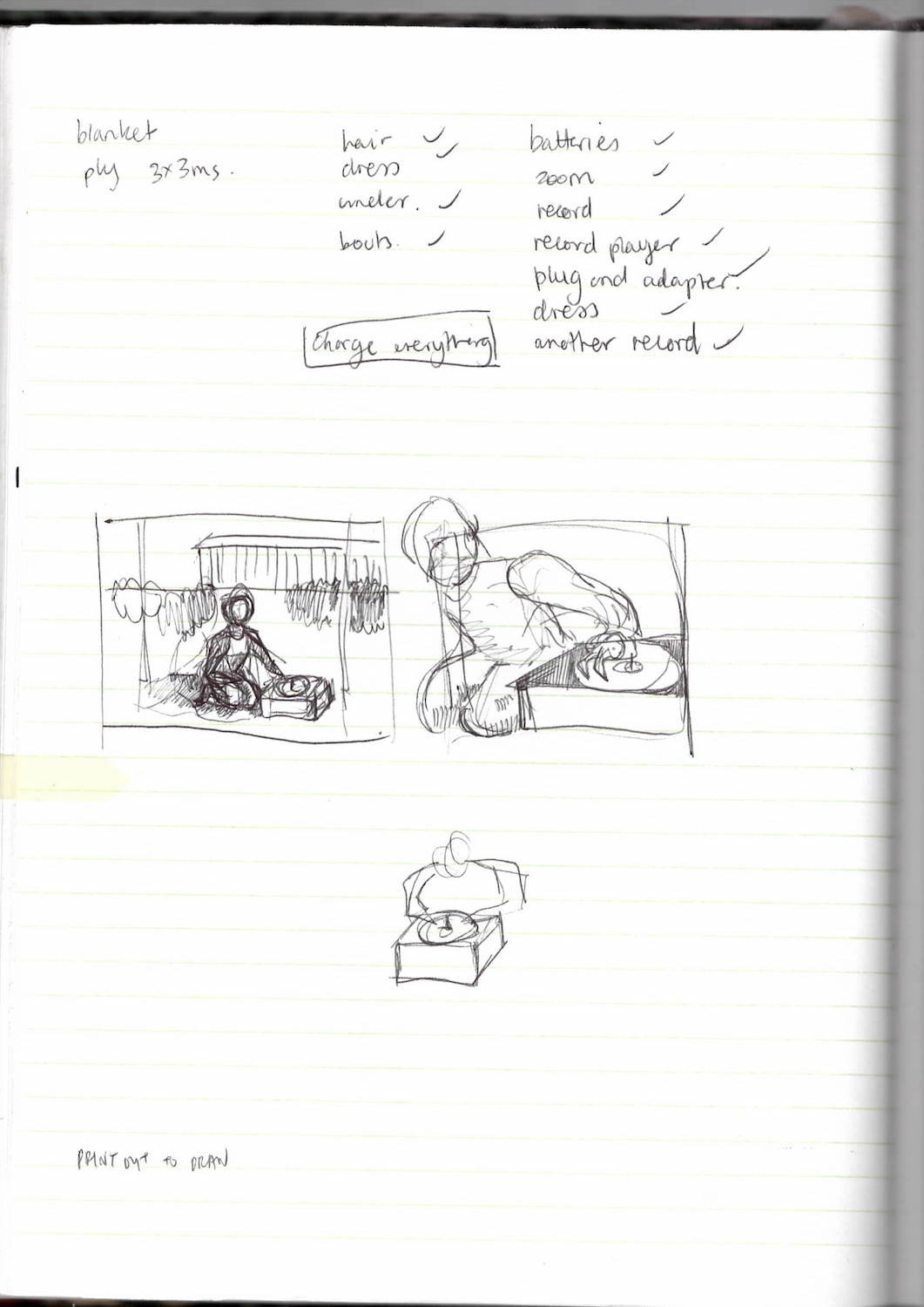

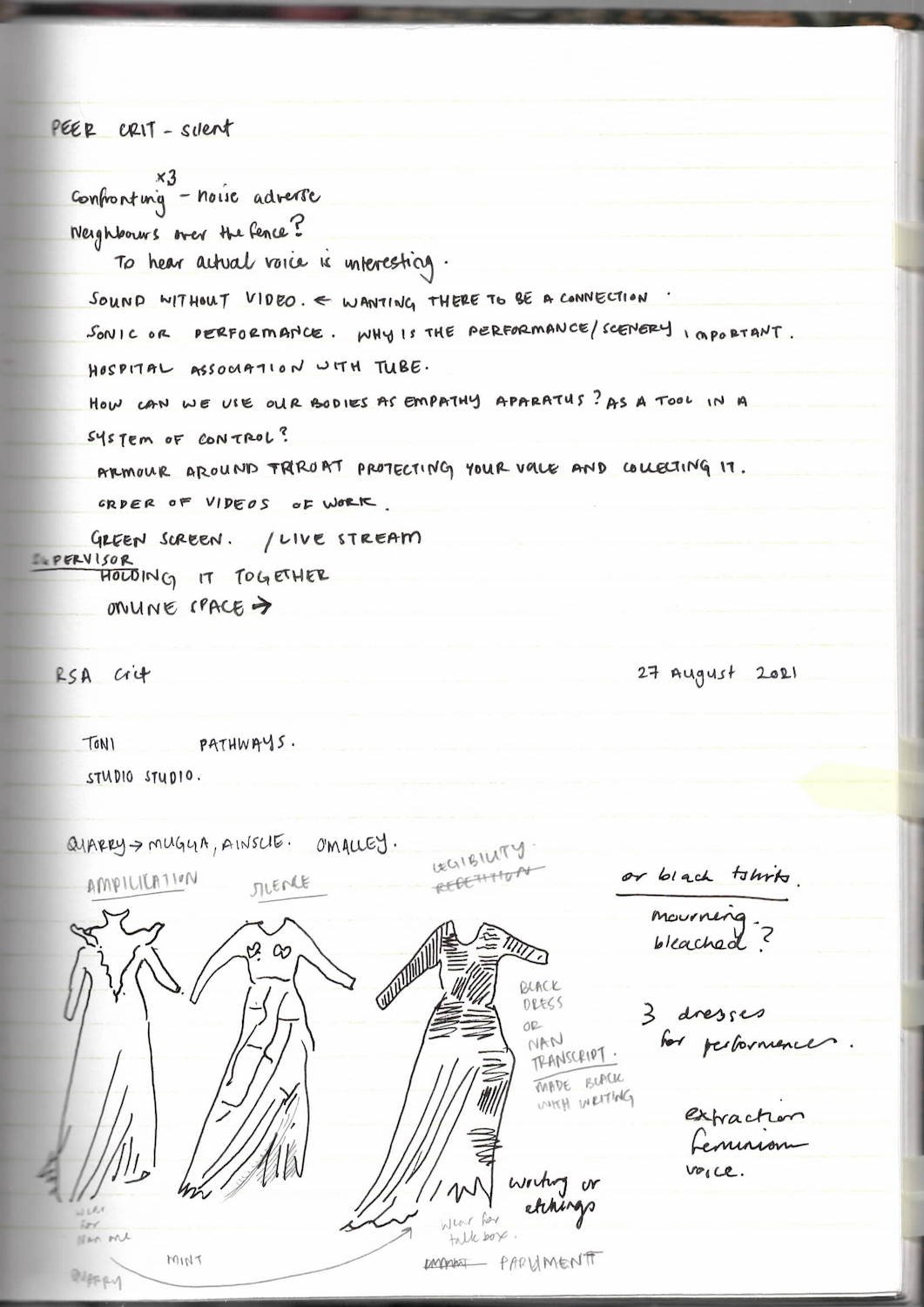
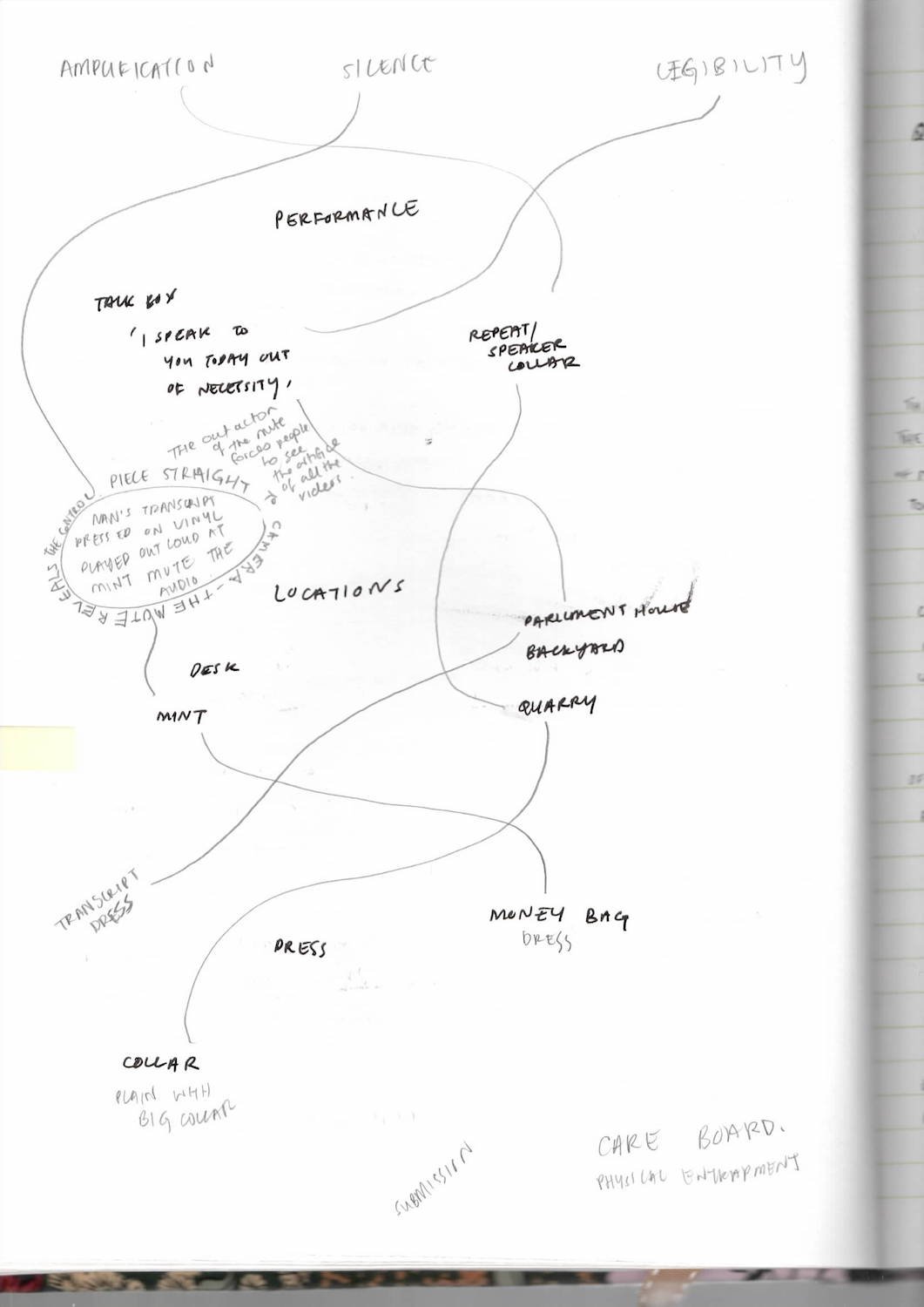
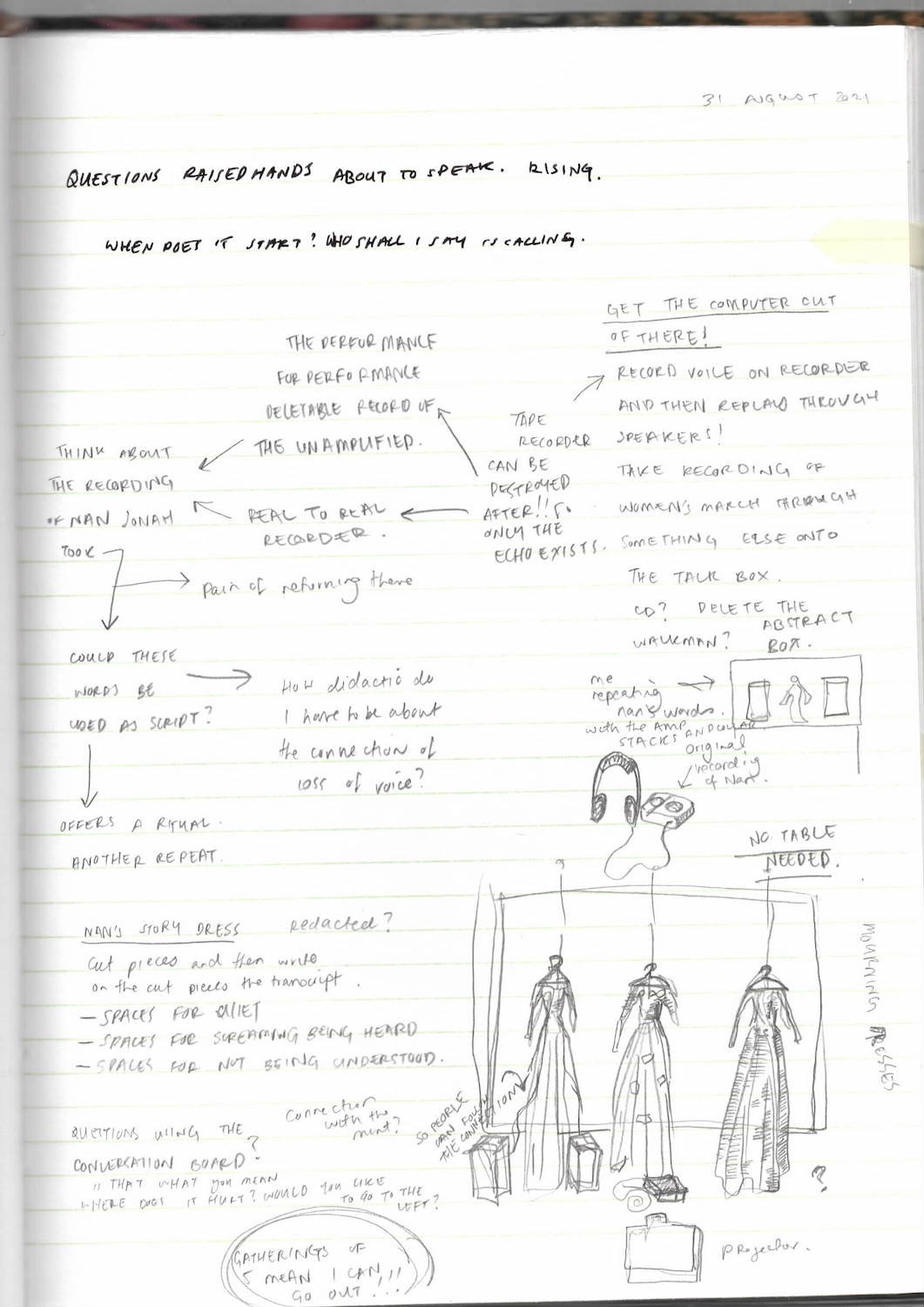
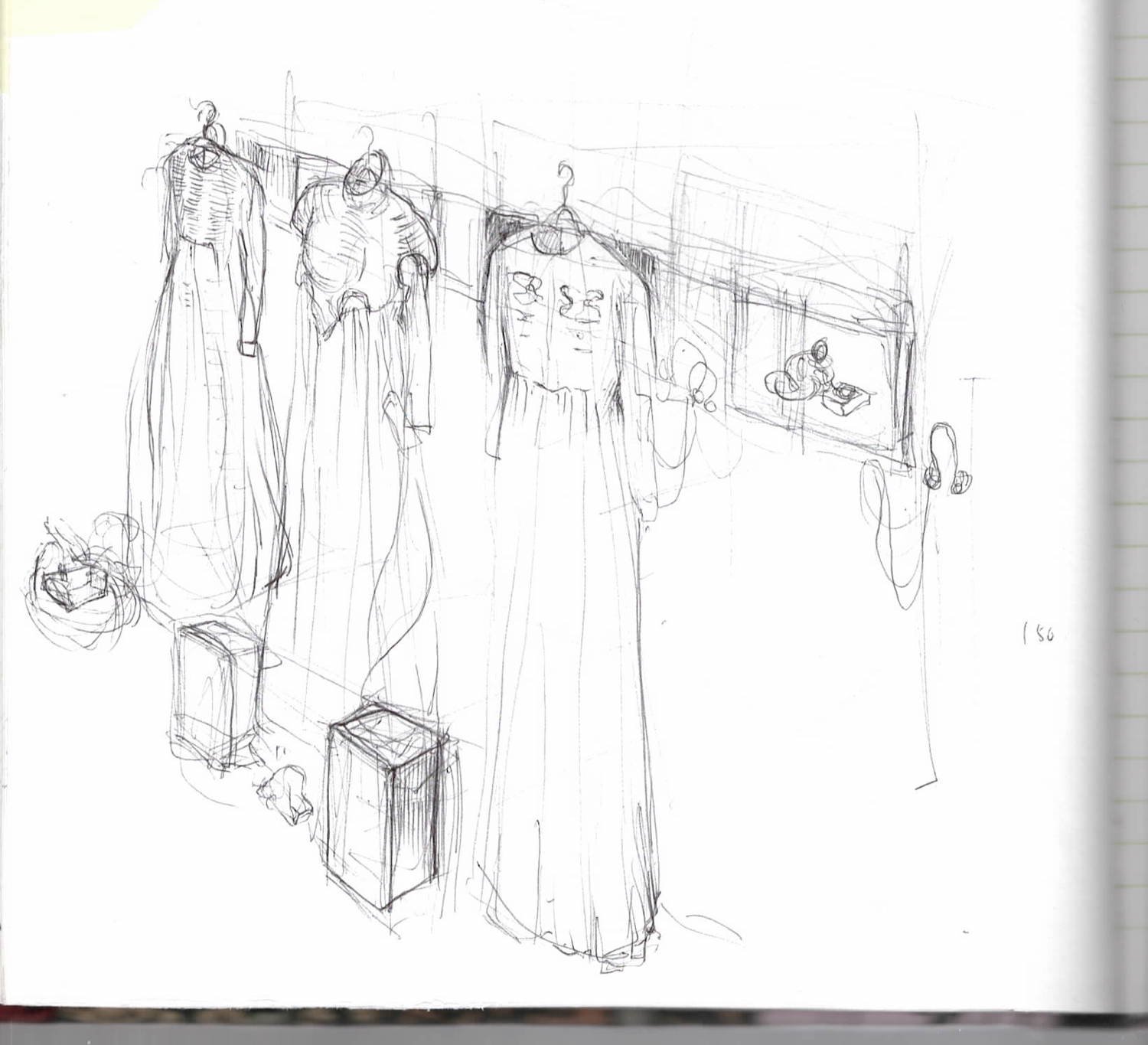
The Cash Bag Dress
Intact cash bags; NAB, StateBank and StateBank Cupro-Nickel, 2021.
During 2020, as my grandmother lost the use of her body and the sense of distance between us expanded, I noticed instances of proximity and physicality being undermined everywhere. I found a glaring example of this loss on a consultation trip to the Royal Australian Mint. There, the engineers explained that the already drastically reduced demand for cash had dropped even further since the beginning of the pandemic.
Aware of the trend, I collected artifacts of physical tender throughout 2020. I gathered yellowed calico bags printed with outdated bank logos that were initially used to store and transport cash between retailers and banks. Many came covered in handwriting, indicating what they had been used for once they left circulation. The bags were bound with reinforced stitching and their fabric was stretched and broken. The empty bags indicated that cash is material, it must be held. It is heavy. I decided to refill the bags, embodying them by making them into a dress.
I chose to include the cash bag dress as a performance costume to draw a connection to the larger narrative of cultural disembodiment I wanted to address.
Dress made of cash bags (front view). Photo: Rory Gillen, 2021.
Dress made of cash bags (back view) Photo: Rory Gillen 2021.












Rainy day of the shoot at the Royal Australian Mint.






